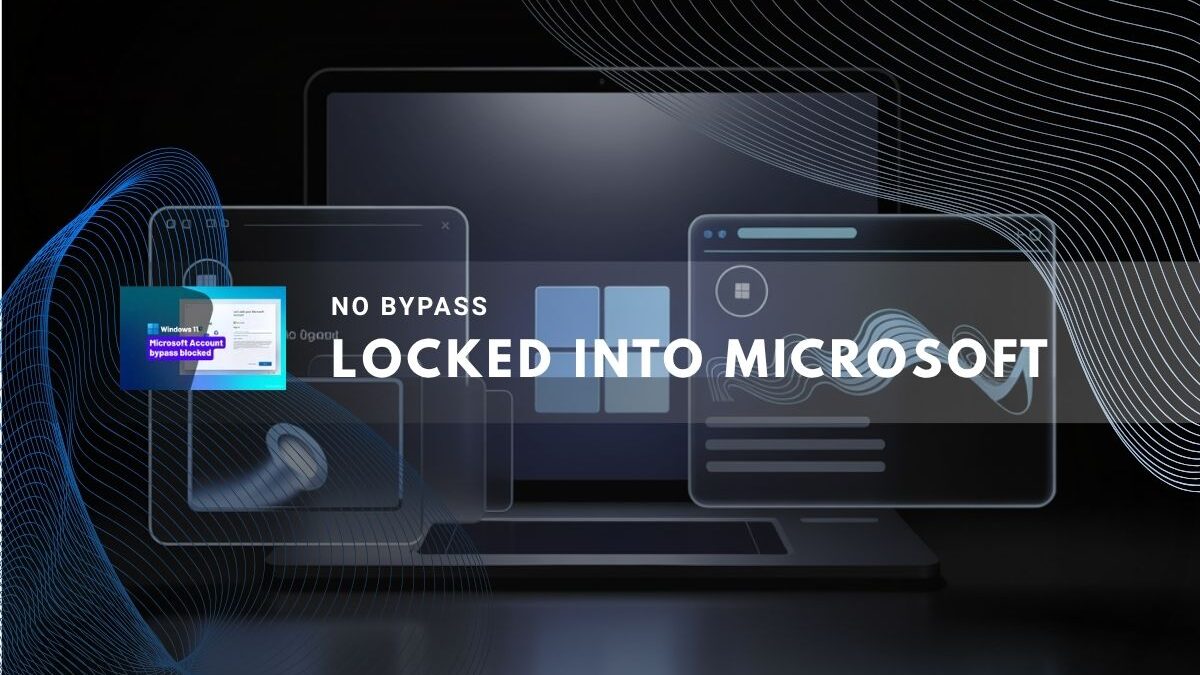Microsoft is tightening restrictions on using local accounts for Windows 11 installations, affecting those who wish to bypass the online account requirement during setup.
Removed Workarounds for Local Account Setup
Microsoft has intensified efforts to enforce the use of a Microsoft account and internet connection during Windows 11 installation. In the recent Insider Preview build 26220 released in October 2025, Microsoft removed all known methods that allowed users to bypass the Microsoft account sign-in during the Out-Of-Box Experience (OOBE). Of particular note is the disabling of the “start ms-cxh:localonly” command, which previously let users create a local account by resetting the setup process. This command now only restarts OOBE without enabling a local account creation, effectively closing this popular loophole.[1][2][3][4]
Reasons Behind the Changes
Amanda Langowski, lead of the Windows Insider Program, emphasized that these bypasses often caused users to skip critical setup screens. This could lead to devices exiting the setup process incompletely configured, potentially impacting security and usability. By requiring a Microsoft account and internet connection during setup, Microsoft aims to enhance device registration, ensure backup of critical data such as BitLocker keys in the cloud, and synchronize user settings for a more seamless experience across devices.[5][6]
Impact on Windows 11 Pro and Home Editions
The new policy applies to both Windows 11 Pro and Home editions, meaning all new installations must complete the setup while connected to the internet and signed in with a Microsoft account. This change marks a significant move towards an account-first setup approach, limiting the ability to use local accounts from the start of installation.[7]
New User Folder Name Customization Option
One common user complaint about the Microsoft account setup has been the automatic generation of the user profile folder name based on the email address, which can be long and unwieldy. Microsoft has responded by introducing a command-line option during setup that allows users to customize their default user folder name. While this is not yet a simple GUI option and requires executing a command, it offers users some control over this aspect of their profile, improving personalization while maintaining the account requirement.[8][9]
With the removal of local account bypasses and the enforcement of Microsoft account sign-ins, Windows 11 setup is becoming more aligned with Microsoft’s vision of cloud-integrated, secure, and managed device experiences. Despite the stricter requirements, Microsoft still addresses user concerns by offering at least command-driven ways to customize user profile folders, signaling a balance between control and customization in the setup experience.
